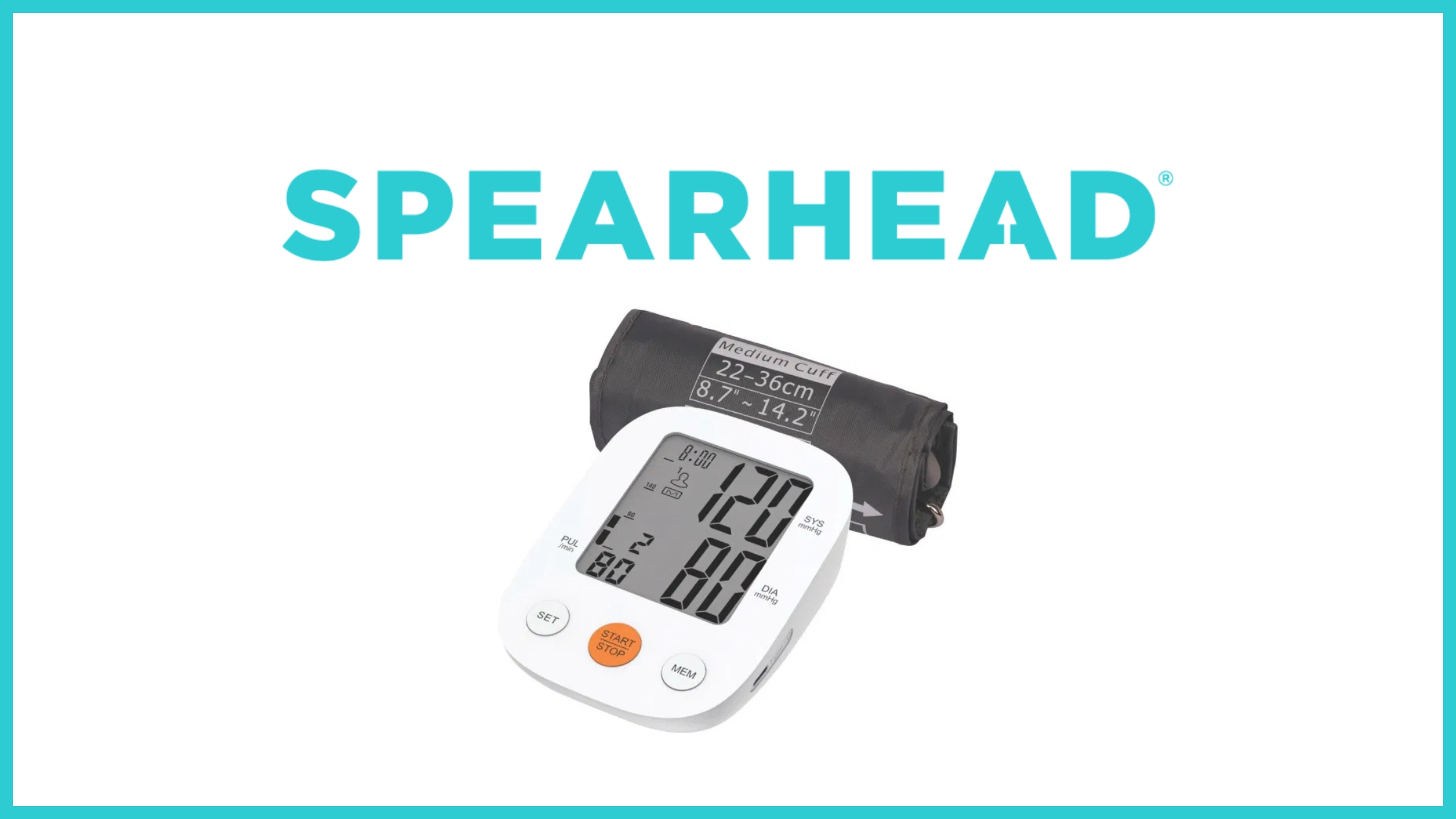
Wrist vs Arm BP Monitors: Which Is Best For You?
08/10/25
Key Takeaways
What is a blood pressure monitor
Different types of blood pressure monitor
How to take a blood pressure reading
What is a blood pressure monitor?
A blood pressure monitor is a device that measures your blood pressure by inflating a cuff around your arm or wrist. The monitor works by placing pressure from the inflated cuff against the user's artery walls to detect blood pressure.
Different types of blood pressure monitors
There are different types of blood pressure monitors including, wrist and arm monitors and also manual and automatic monitors. There are monitors that are one time usage, with others monitor for a full 24 hours. A simple arm or wrist BP monitor can be used during one time blood pressure checks, however there are also 24 hour ambulatory monitoring. This type of monitoring is usually conducted with a wrist monitor and is placed on the user for 24 hours. The monitor is small and should not get in the way of daily tasks and will then take a daily comprehensive reading of user's blood pressure. This will usually give more of an accurate reading as it isn’t just a one time check.
Manual blood pressure monitors that sit on a user’s arm are the most common types of monitors, you will often see these in a doctor's office. They are manually inflated cuffs that place pressure against the user’s artery walls to give a one time reading.
How to take a blood pressure reading?
Making sure a blood pressure reading is accurate is very important, especially if you are using a manual blood pressure monitor with a one time reading. Here are the steps you need to follow for an accurate BP reading:
Make sure the person who is having their blood pressure taken is calm and not feeling stressed.
Sit in an upright position with your back against the chair and feet must be flat on the floor.
Arms must be rested on a table with hands relaxed. Please make sure that fists are not clenched during this reading.
Place the cuff of the blood pressure monitor on the arm or wrist of the recipient, making sure the cuff has a two finger width of space between the arm.
Press the on button on the monitor or begin to manually pump the cuff. The recipient shouldn’t talk during this and be fully relaxed.
The cuff will inflate automatically or manually (depending on monitor) But then will deflate again. This can sometimes feel uncomfortable. However, if this does become too much, then remove the cuff immediately.
The reading will then be displayed on the BP monitor.
What is a normal blood pressure reading?
Once you have taken a few readings to make sure your BP checks are accurate, it's important to know how to interpret your readings and check if you’re within a normal range.
Normal blood pressure - between 90/60 mmHg and 120/80 mmHg.
High-normal blood pressure - between 120/80 mmHg and 140/190 mmHg - this suggests that you may be at risk of high blood pressure.
High blood pressure - over 140/90 mmHg.
Prefer to Quickly Talk to Our Advisors about your Blood Pressure Monitor needs?
 Not to worry! We understand that people can be busy when looking after a care facility.
Not to worry! We understand that people can be busy when looking after a care facility.
Our team of specialists are available to discuss your requirements. Give us a quick call or contact us online today for a chat, and we can give advice and produce you a quick quote.
Visit Our Showroom to see our Blood Pressure Monitors
 Come to our fully equipped showroom and get hands-on with our most popular blood pressure monitors.
Come to our fully equipped showroom and get hands-on with our most popular blood pressure monitors.
Our team will walk you through demonstrations, comparisons, and recommendations tailored to your specific requirements.
Plan your visit to the Spearhead Showroom:
This website uses cookies to ensure you get the best experience. Learn more